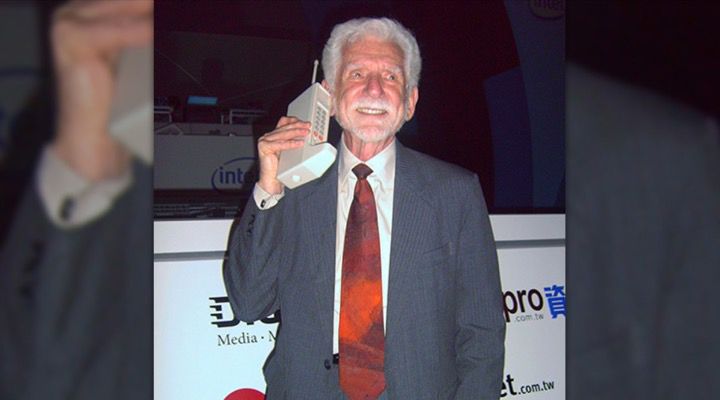
There are 7 billion people and 6.8 billion cell phones on Earth. Put another way, as of 2013, there were 96 cell-phone service subscribers for every 100 people on the planet. Needless to say, in a matter of two decades the cellular telephone has permeated our lives in an unimaginable way.
LifeDaily Video of the Day
From its humble beginnings to what we use today, the cell phone has gone through many changes. In the following article we'll take a look at the evolution of the cell phone, from its invention in the 1970s all the way to today…
A Precurser
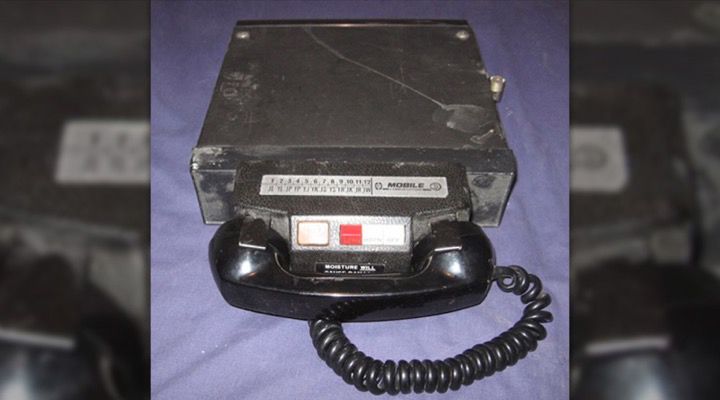
Mobile telephone service has been around since 1949. Back then, the American Telephone & Telegraph company (AT&T) offered a mobile telephone service to around 5,000 customers. Calls were setup via operator where the user would press a button to talk and release the button to listen, similar to a walkie talkie. The equipment used weighed about 80 pounds and monthly costs for the calls equaled about $176 a month.
Martin Cooper and "The Brick"

Fast Forward to the seventies. An American engineer named Martin Cooper built the first mobile phone and made the first mobile call in 1973. The phone was a behemoth compared to what we used today, weighing more than two pounds and standing 10 inches tall, earning it the nickname: "the brick." The phone was a Motorola product.
Still a Baby

Even though no one uses "the brick" anymore, and both the size and computing power of modern cell phones have improved substantially, Cooper believes that even today the cell phone is "in its infancy." The engineer sees many changes coming to the technology in the near future.
DynaTac 8000X
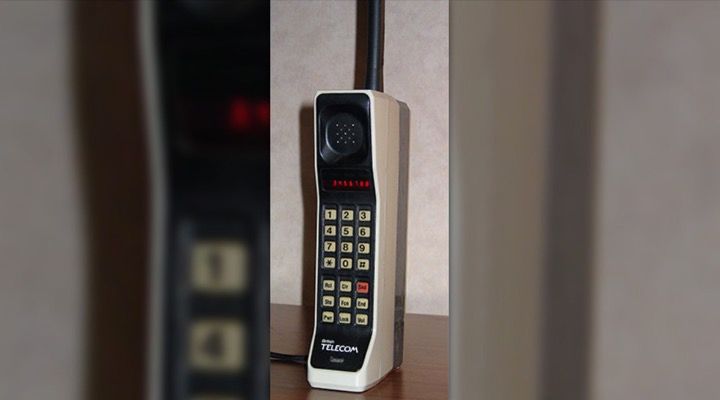
In the early 1980s, a slightly sleeker version of "the brick" was released to the market by Motorola. The DynaTAC 8000X was able to make phone calls, and weighed significantly less than its previous version "the brick," but could not send emails or surf the web like cell phones today.
StarTAC

The first big improvement to the cellular phone was the Motorola StarTAC. It was the first cell phone to fit in your pocket, it flipped open and the "clam shell" style has been imitated ever since its release in the 1980s.
Toshiba TCP-6000
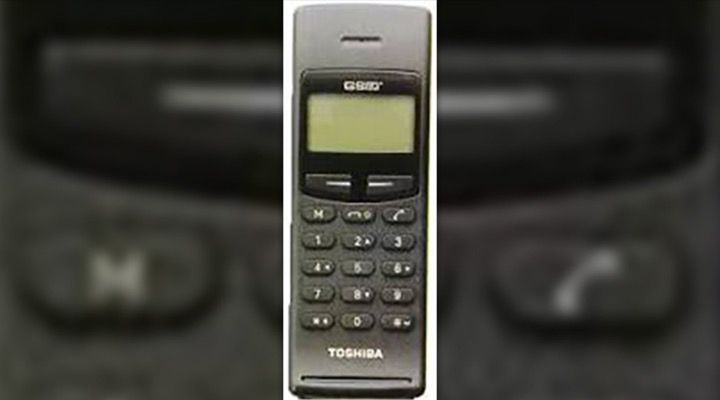
In the mid-nineties a few competitors entered the cell phone scene. Toshiba was one of the first companies other than Motorola to make waves in the mobile phone market with its TCP-6000. The model did not flip open, but was a much lighter alternative to its predecessors.
Texting
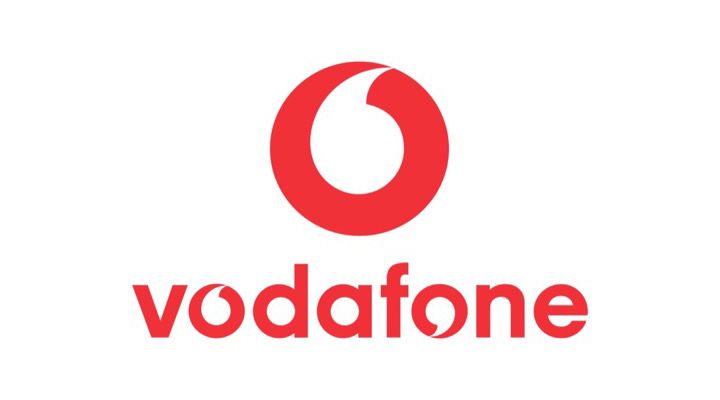
Text messaging, also called SMS or short message service, was used for the first time in 1992 by 22-year-0ld UK test engineer and software architect Niel Papworth using the Vodafone network. The idea took off and we still use it today.
Hagenuk MT-2000

The first mobile phone released with soft keys, meaning the buttons on the phone that served more than one function, was the Hagenuk MT-2000. This allowed for texting and even mobile gaming and was also the first phone to place the antenna within the phone, but that idea did not become widespread until Nokia did it later.
Nokia 8110

Nokia also entered the market around this time, releasing its 8110 model with a sliding cover and shorter antennae. Nokia's 8110 was one of the first popular phones to allow the text messaging function described above.
Nokia 8810
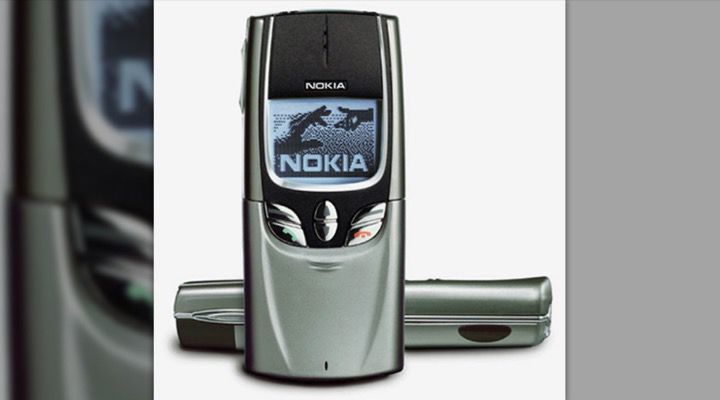
Nokia revolutionized cell phones with this model by placing the antenna within the phone, making it more portable, even though it was done before with the Hagenuk MT-2000. This model also featured a screen with graphics as seen in the picture above.
First Gaming Phone
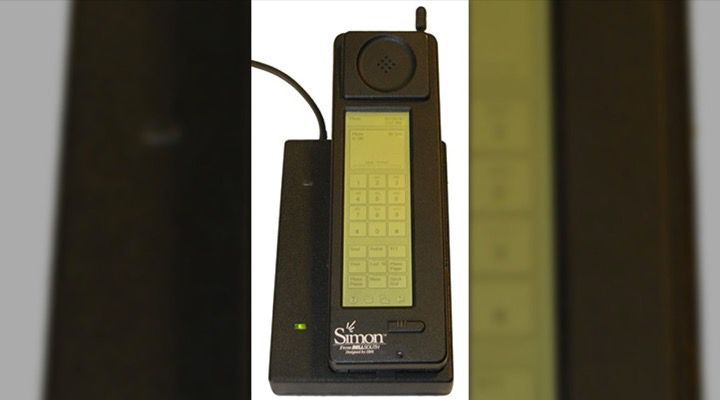
For a long time it was believed that the soft-key Hagenuk MT-2000 was the first mobile phone with a playable game installed on it. That game was a version of the video game classic, Tetris. But it was discovered that an older phone, the IBM Simon (pictured), was actually the first.
Sony Ericsson T68i
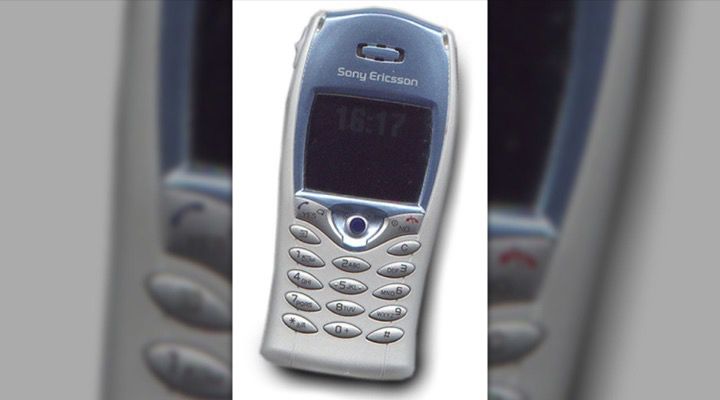
The first phone to harness the capabilities of the Internet was the Sony Ericsson T68i. This phone offered web browsing and email tools, and was the bridge between old school cell phones and what we call smartphones today.
Nokia 3310
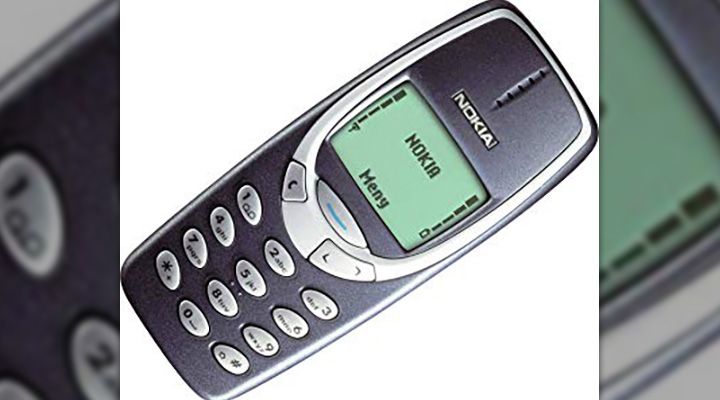
We couldn't talk about the evolution of the cell phone without mentioning Nokia's 3310 model, also known as the only indestructible phone on Earth. More than 126 million models were sold after the phone's original release in 2000. But don't believe the hype, as funny as it would be if it were true; the phone actually can break.
Danger Hiptop
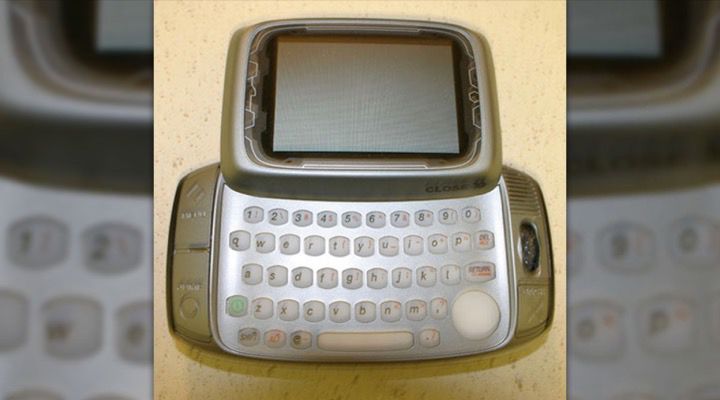
This model, released by T-Mobile, was rebranded the "Sidekick" and became one of the most popular cell phones after its release in 2002. It had a unique opening feature in which a larger screen flipped aside allowing for use of a keyboard.
First Cell Phone Camera
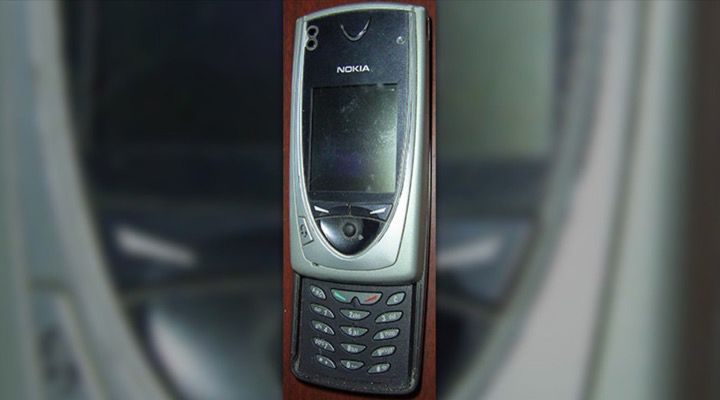
Nokia needed to get back into the forefront of cellular technology and so developed the first camera phone, the Nokia 7650. This technology evolved over the years and now phones feature exquisite camera functions. Another phone, the Sanyo 5300, also revolutionized the cell phone camera around the same time.
Treo 600
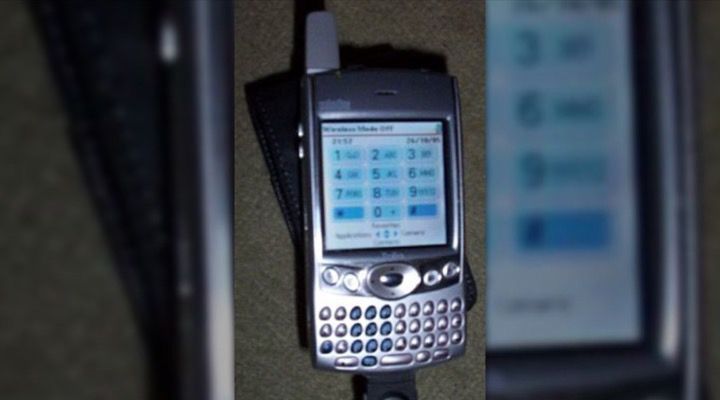
This model, along with others like it, ushered in a more aesthetic approach to the mobile smart phone. With a large screen and full keyboard, this was the model to have for professionals on the go.
Motorola Razr

When this phone was released it was the hottest on the market. It was sleek, expensive, and put Motorola back on the map after Nokia had pretty much taken over the cell phone scene. There are rumors that Motorola will release a touch-screen version of the phone in the future.
BlackBerry 7290
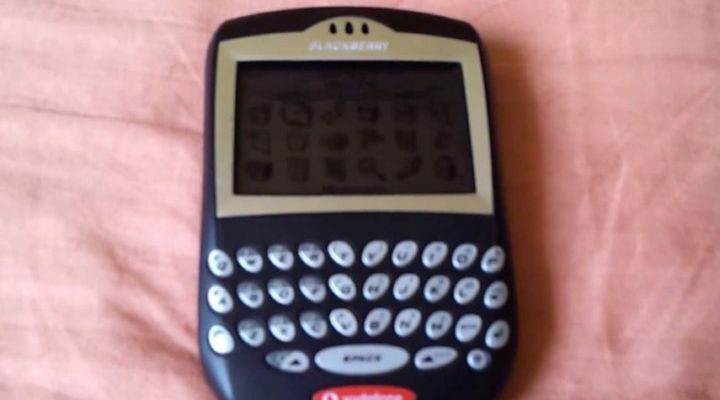
This was not the first phone released by the company but was certainly the best since the company began selling phones. This smartphone became the template that BlackBerry uses to this day with its smartphones. It allowed full Internet browsing capabilities mixed with a colorized screen and full keyboard.
iPhone

In 2007, Apple entered the game with the first version of the iPhone. This touch screen marvel would change everything about the cell phone industry.
HTC Dream
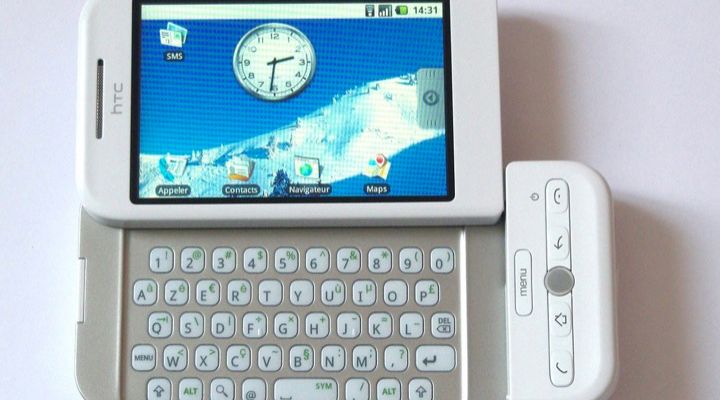
The HTC Dream was the first phone to run Google's Android operating system. This system would become Apple's biggest competitor in subsequent years.
Samsung
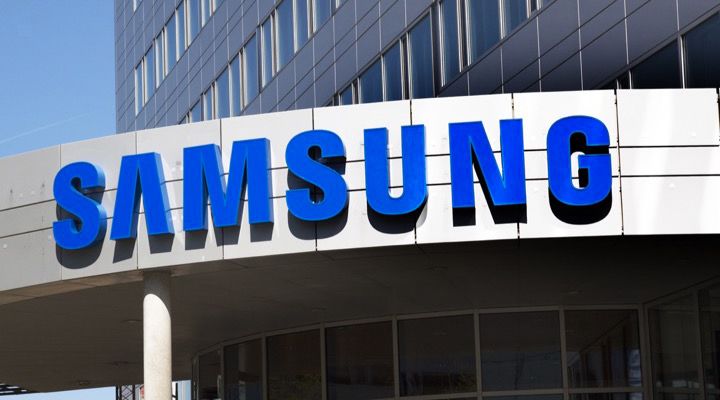
Samsung has been in the cell phone game for a long time, but only recently, in the last 10 years, has the manufacturer grown to be Apple's biggest competitor.
Samsung Galaxy
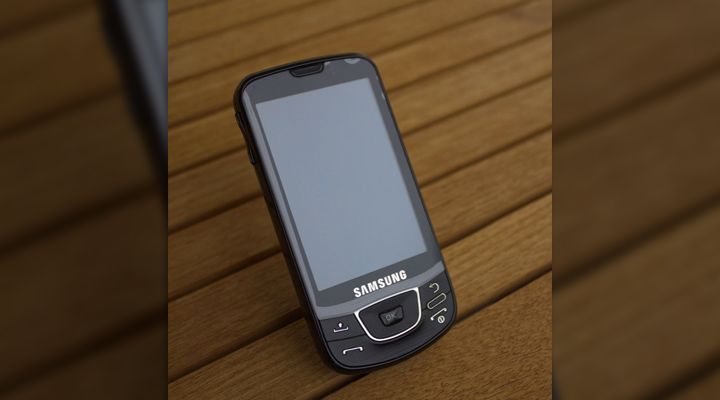
Samsung released the first Galaxy in 2009, taking use of the Android operating system to another level. The company continues to release updated models and is currently selling the Galaxy X9.
iPhone X

Apple remains neck and neck with Samsung as far as smartphone competition. The company's latest model is the iPhone X. Aside from on-off and volume buttons on its side, this model utilizes touch screen technology exclusively for all applications.
BlackBerry Key2 LE
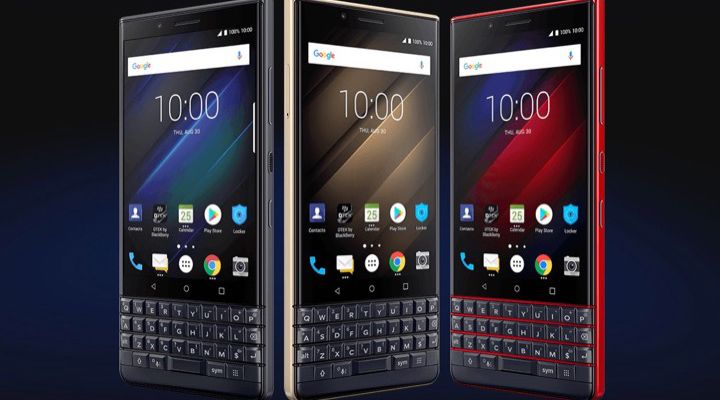
BlackBerry's continues to release phones using its famous combination of a full keyboard and large screen for easy web browsing and text-based usage, such as emails and other messages.
Nokia 8 Sirocco
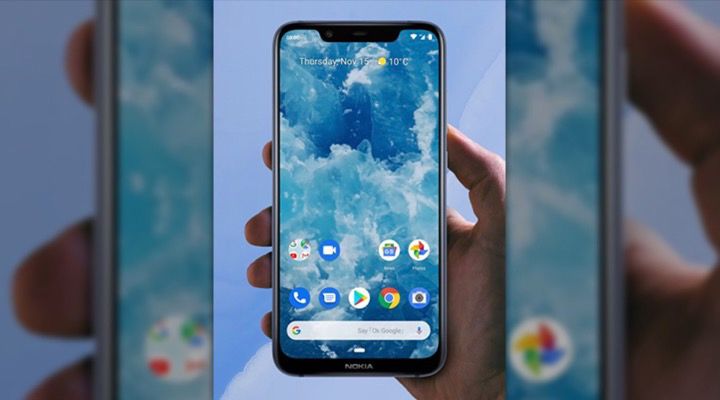
Nokia has done its best to keep up with Apple and Samsung with its latest release, the Nokia 8 Sirocco, which the company claims is "carved out of a single piece of stainless steel," and uses touch screen technology.